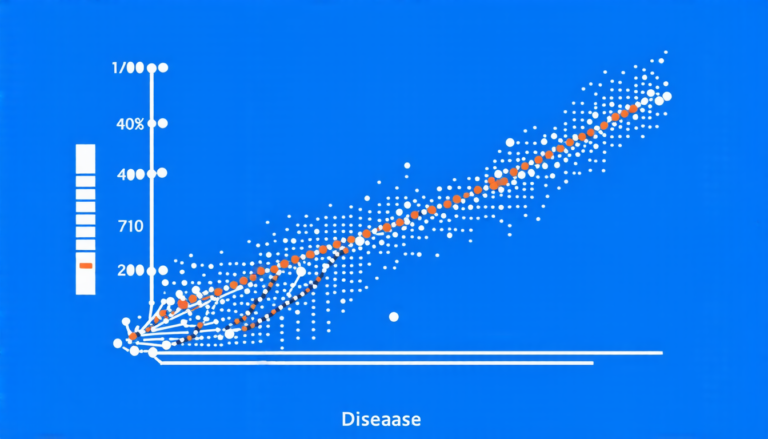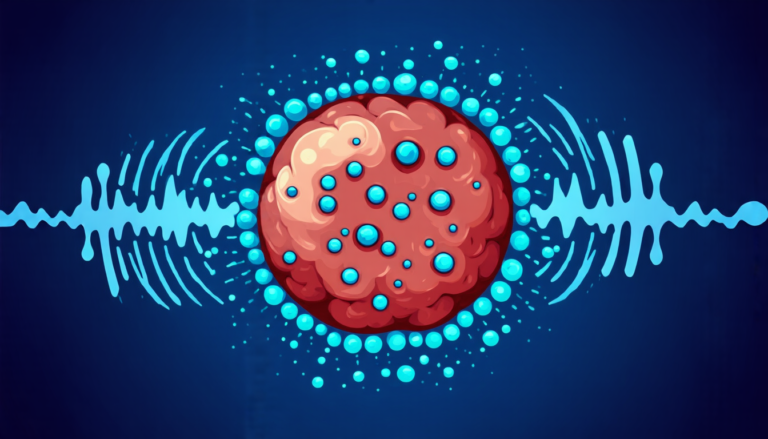Wednesday 16 April 2025
The intricate dance of genetic regulatory networks, where genes interact and influence one another in a complex web of feedback loops and oscillations, is a fundamental aspect of life as we know it. But understanding this phenomenon has proven to be a daunting task for scientists, who must navigate the treacherous landscape of nonlinear dynamics and delay differential equations.
Recently, researchers have made significant strides in developing new methods for analyzing these networks, which involve the study of periodic solutions and Hopf bifurcations. In a breakthrough paper, a team of mathematicians has presented a novel approach to computing periodic solutions using Poincaré-Lindstedt series and pseudo-arclength continuation.
The approach relies on the concept of delay differential equations, which describe systems where the state variables depend not only on their current values but also on past values. This is particularly relevant in biological systems, where genes can influence one another through feedback loops that span multiple generations or oscillations.
The researchers’ method involves using Poincaré-Lindstedt series to approximate periodic solutions of delay differential equations. These series are a powerful tool for analyzing nonlinear systems, as they allow scientists to expand the solution into an infinite sum of terms, each representing a particular frequency or mode of oscillation.
By applying pseudo-arclength continuation, the researchers were able to compute branches of periodic solutions for a specific model of genetic regulatory networks. This involved tracing the evolution of the system’s behavior as the parameters governing its dynamics changed, and identifying the points at which new periodic solutions emerged through Hopf bifurcations.
The results are significant not only because they provide new insights into the behavior of genetic regulatory networks but also because they demonstrate a powerful new tool for analyzing complex systems. The method is versatile enough to be applied to a wide range of biological systems, from simple gene circuits to more complex organisms like humans.
One of the key advantages of this approach is its ability to capture the intricate dynamics of these systems, including the oscillations and feedback loops that are so crucial to their behavior. By using Poincaré-Lindstedt series and pseudo-arclength continuation, researchers can gain a deeper understanding of how genetic regulatory networks function, and how they respond to changes in their environment.
The implications of this research go beyond the realm of biology, however. The methods developed by the researchers could be applied to any system that exhibits nonlinear dynamics, from chemical reactions to electrical circuits.
Cite this article: “Unraveling the Secrets of Biological Pattern Formation: A Novel Approach to Delay Differential Equations”, The Science Archive, 2025.
Genetic Regulatory Networks, Delay Differential Equations, Poincaré-Lindstedt Series, Pseudo-Arclength Continuation, Hopf Bifurcations, Periodic Solutions, Nonlinear Dynamics, Biological Systems, Genetic Circuits, Oscillations.







